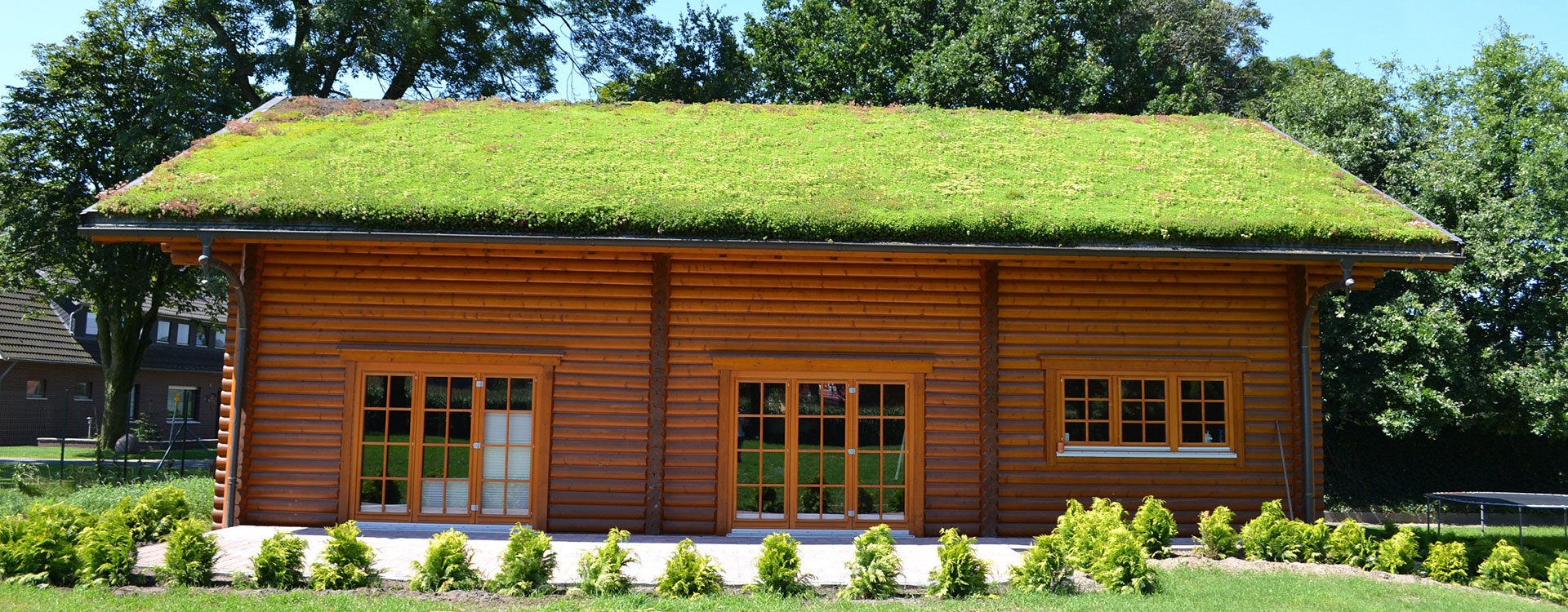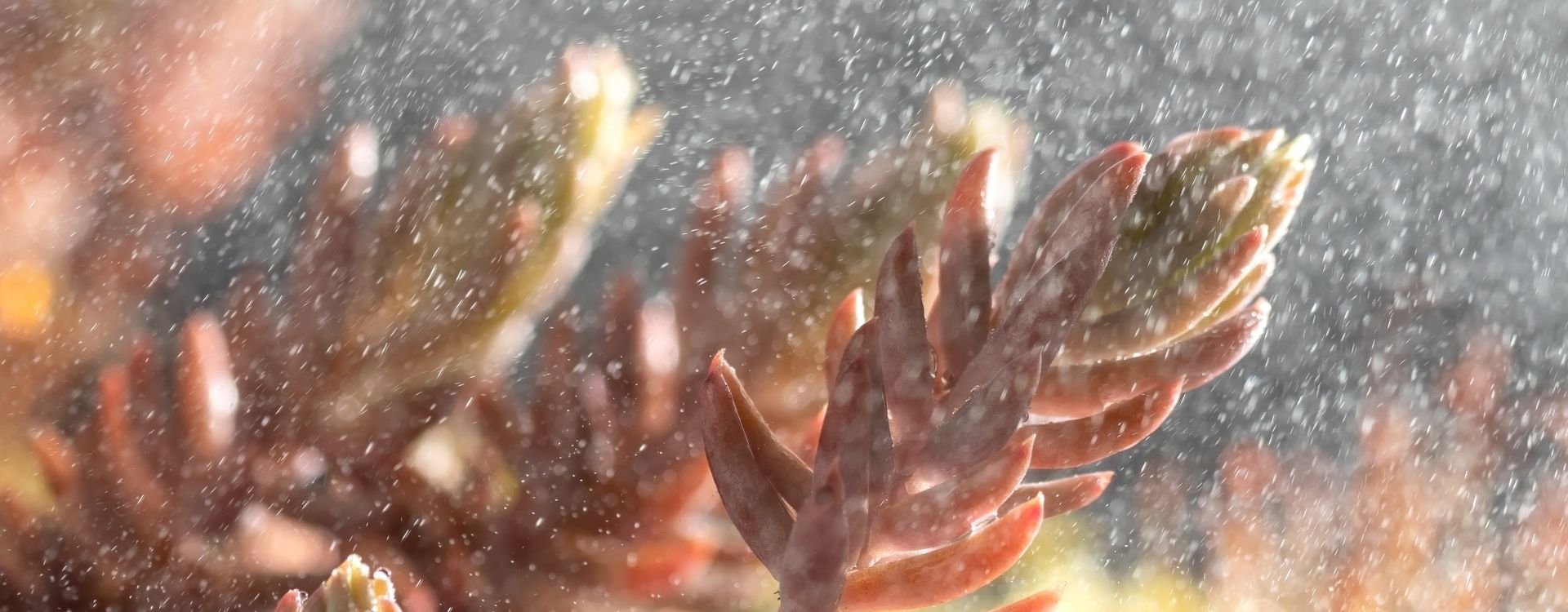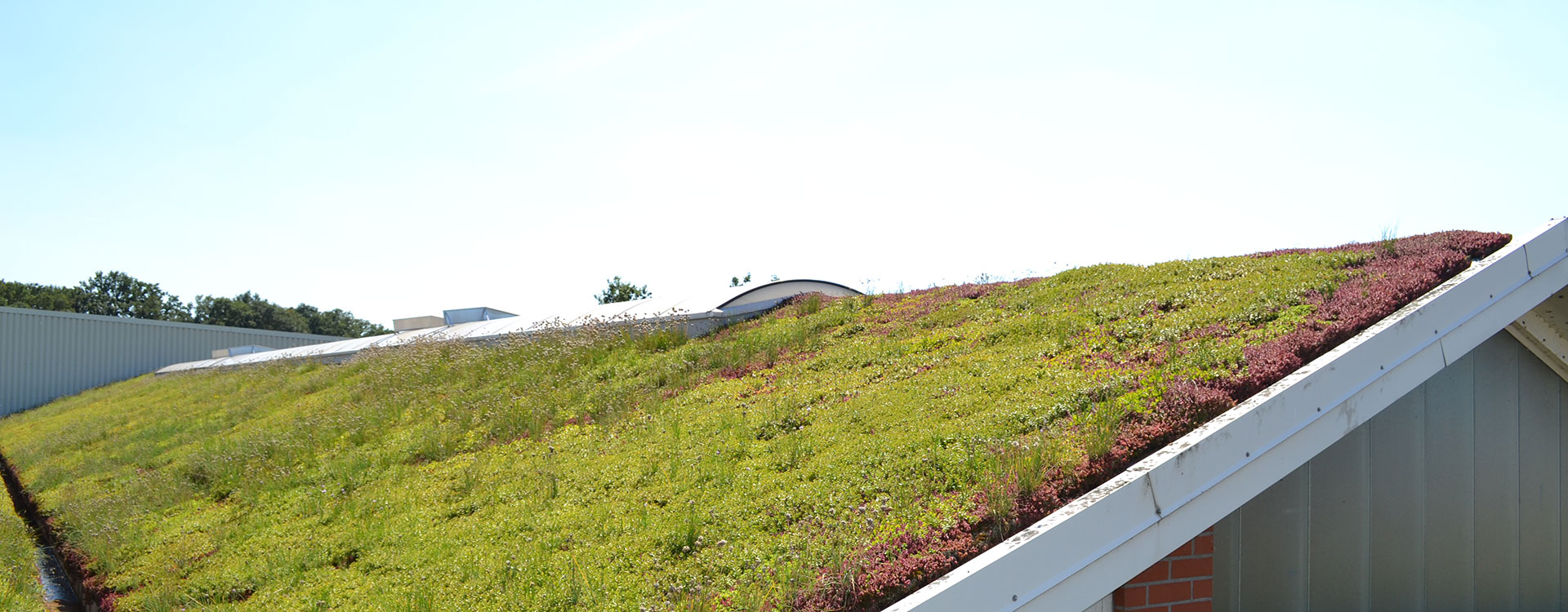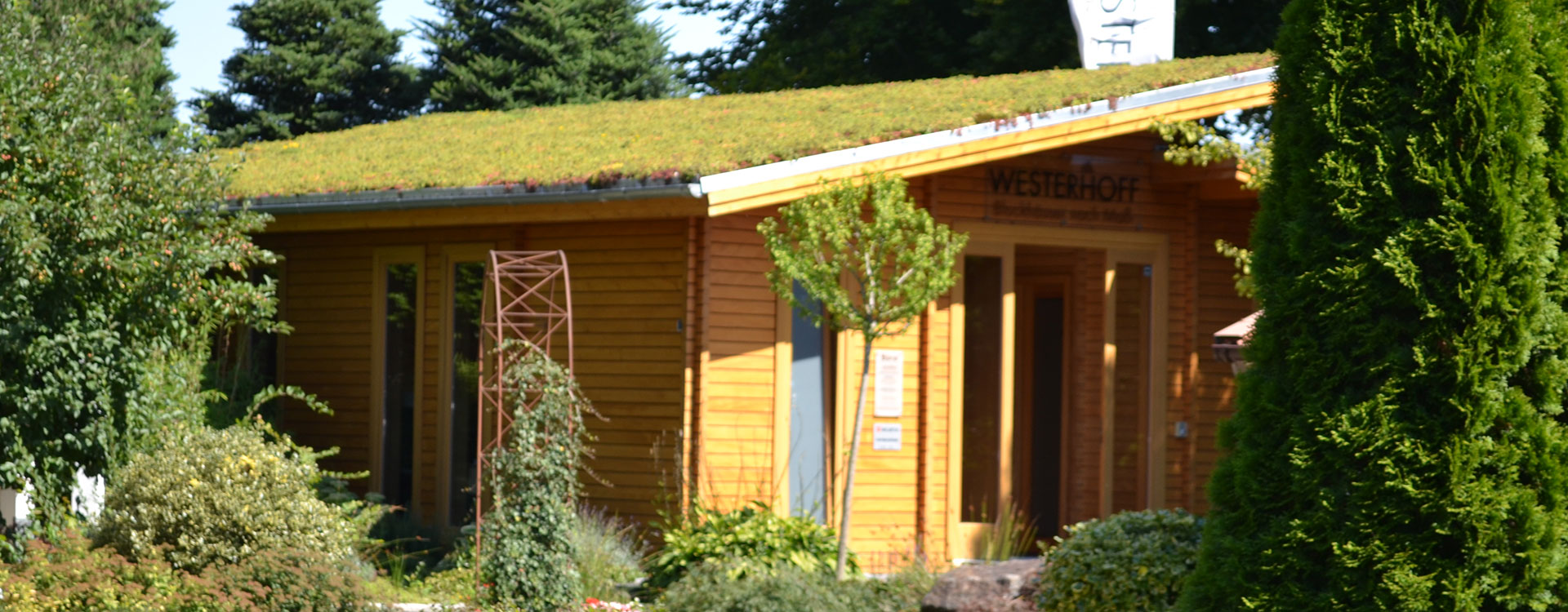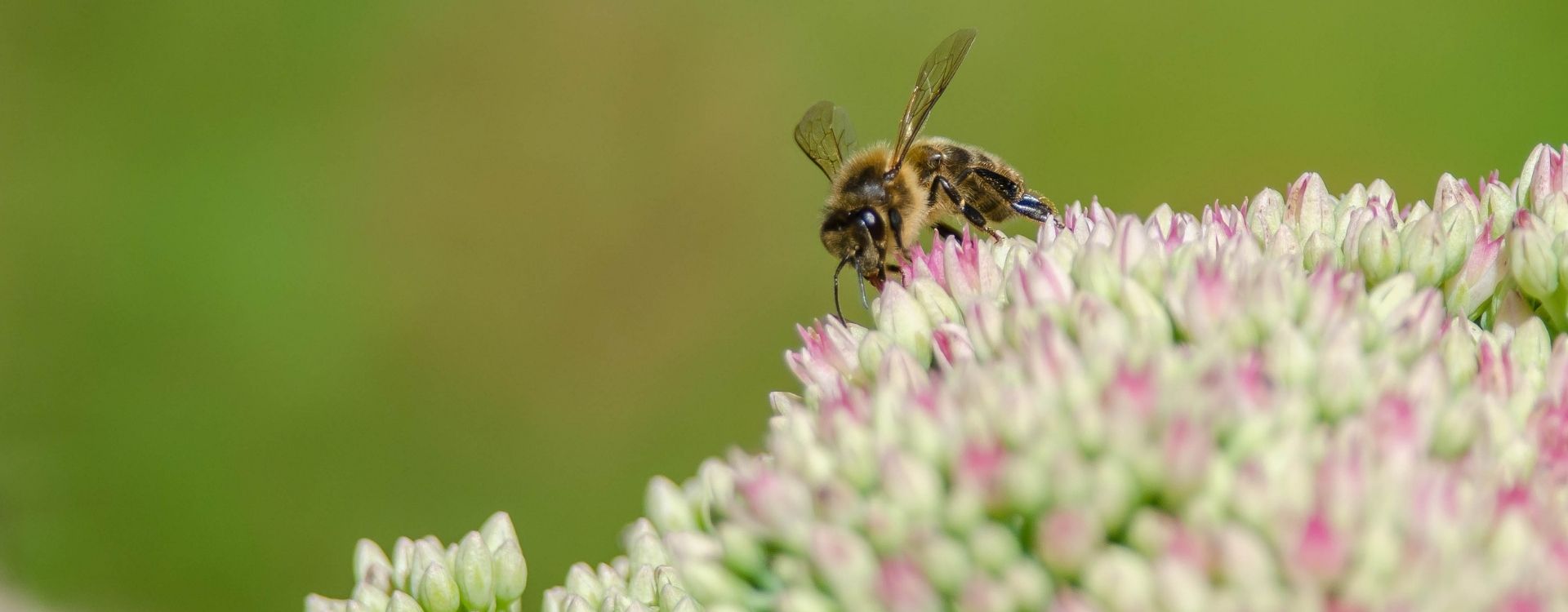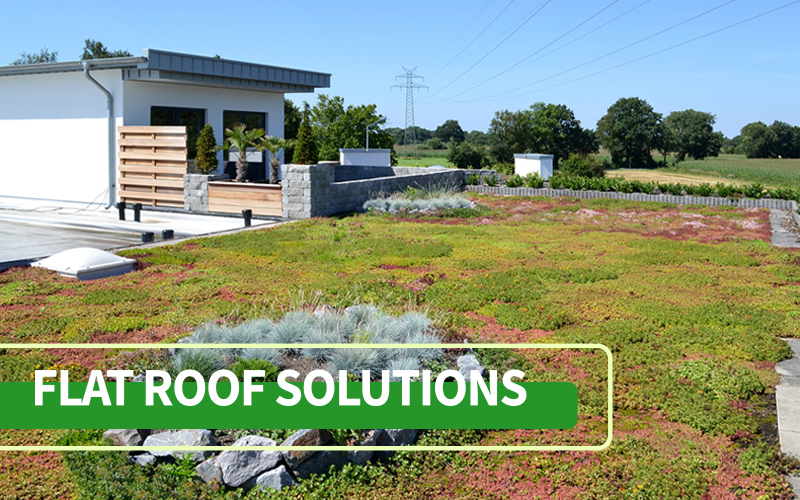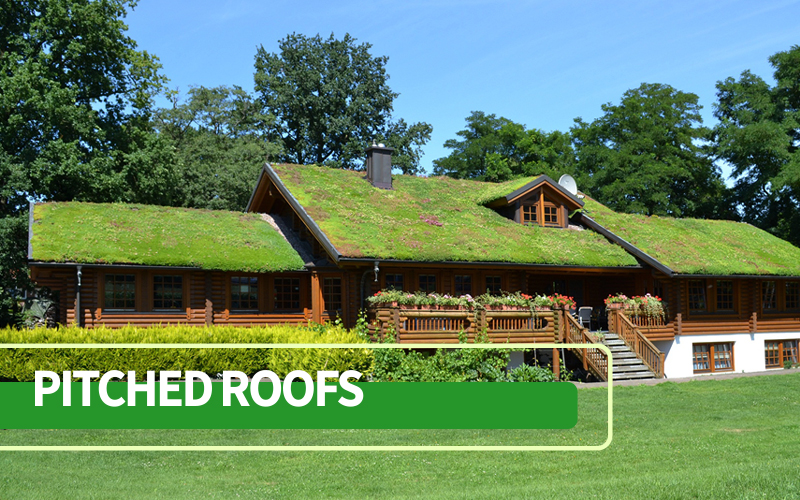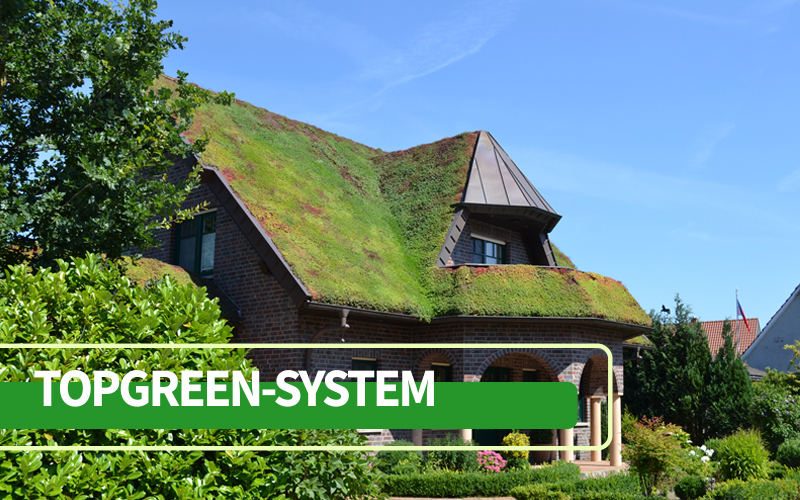Improving the microclimate
The microclimate describes, among other things, a small, clearly defined area from a few metres to a few kilometres. The prevailing microclimate is significant for the quality of life of people, wildlife and animals inside this area.
The transpiration process of the stored rainwater on green roofs cools and humidifies the surrounding air. This effect has a positive impact on the microclimate in the area. In especially densely populated areas, this effect can prove to be pleasantly refreshing.
Green roofs and preserving biodiversity
Preservation biodiversity also proves to be a major challenge In Germany, too. According to studies, almost one third of all species of plants and animals are considered as endangered. Insects, which are enormously important for our ecosystem and our quality of life, are hit especially hard by this.
Green roofs give plants and animals back some of the important habitat that building structures took away. Beetles, insects, bees, wild bees, butterflies and other native species can be found on green roofs. With a green roof, you are making an important contribution to preserving biodiversity.
Green roofs absorb fine dust and pollutants
The filtering effect of green roofs represents another positive ecological benefit. Filtering and absorption properties of vegetation help reduce the CO2 content of the air. Thus, you are making a positive contribution to reducing global warming with a green roof.


